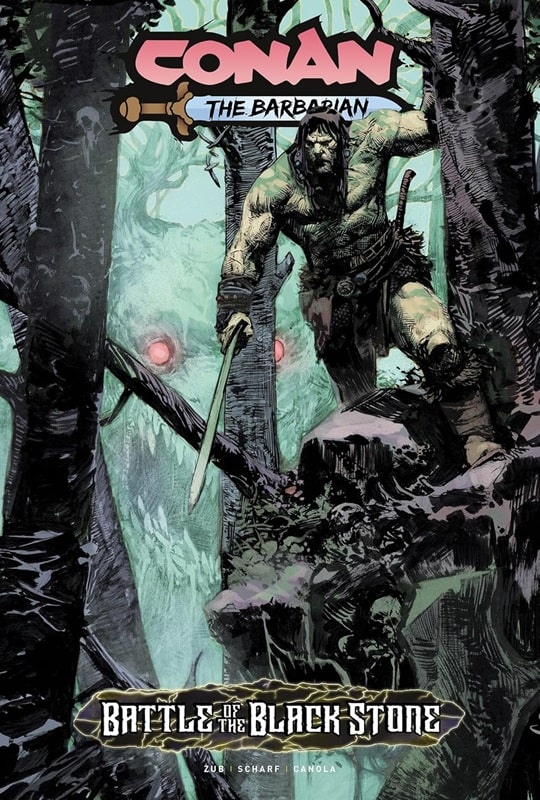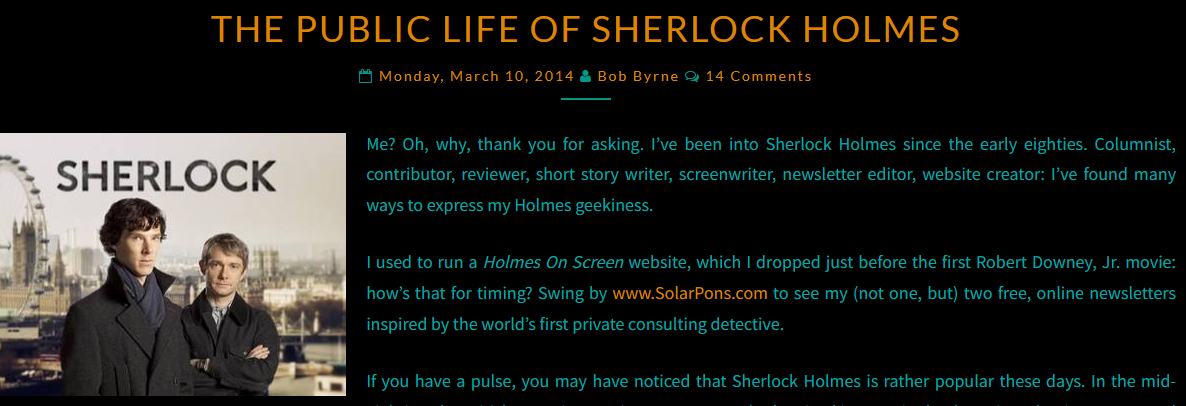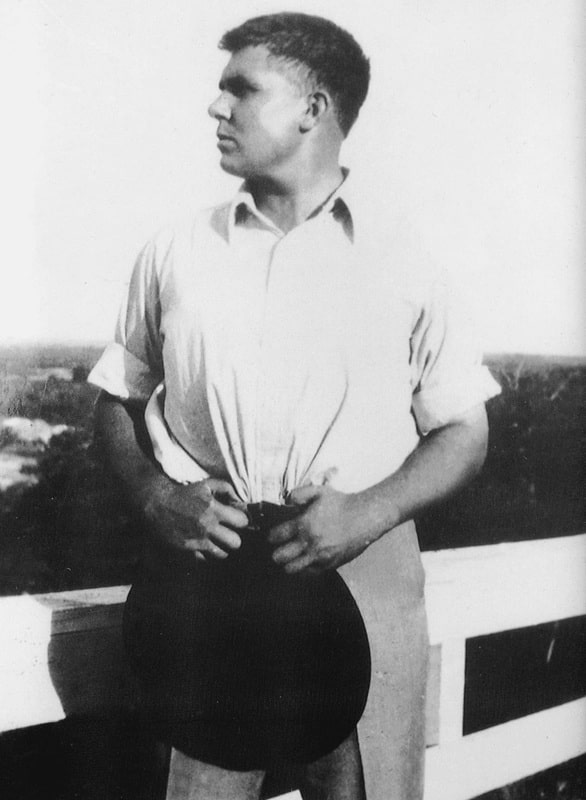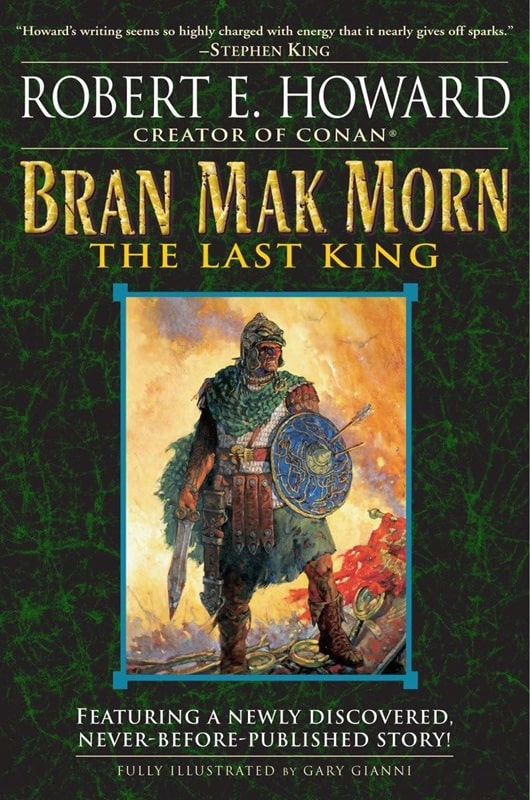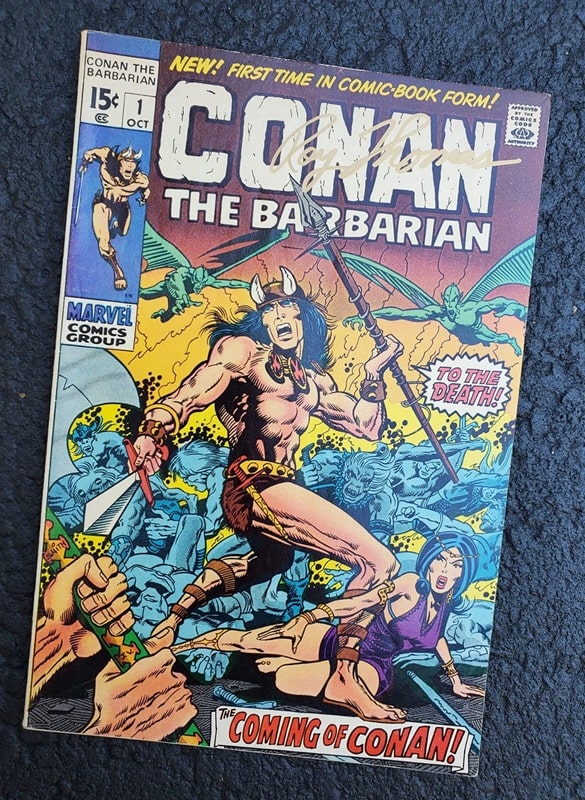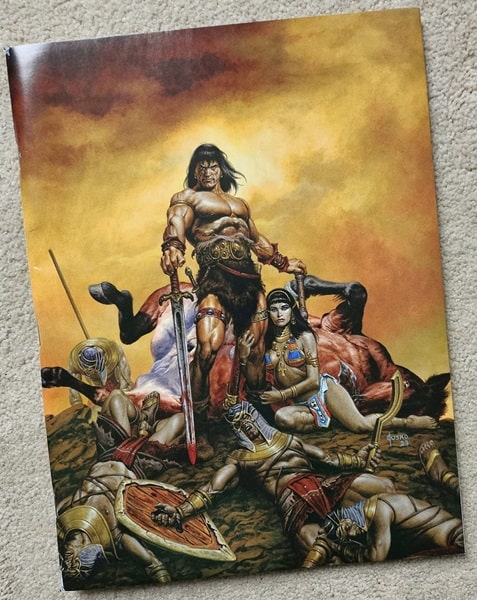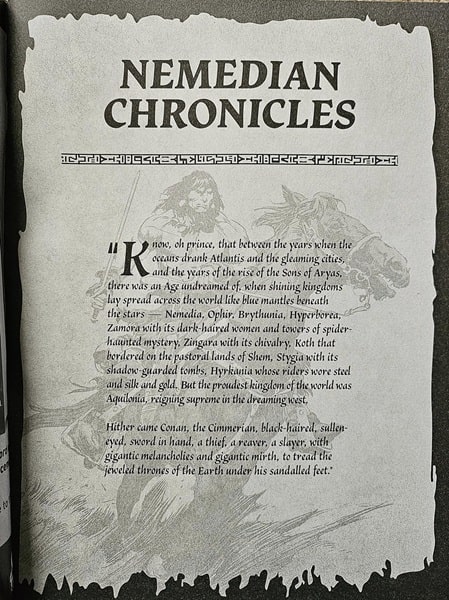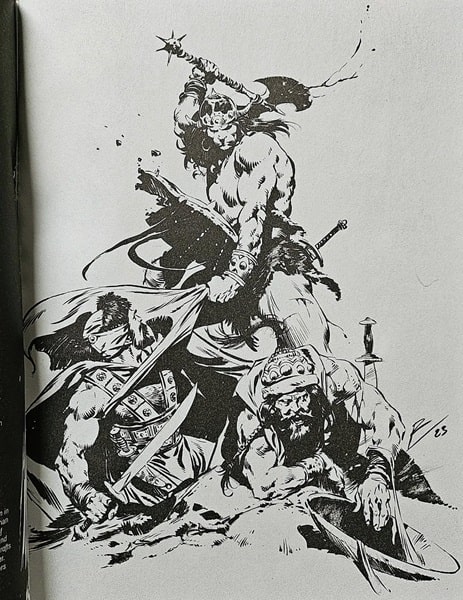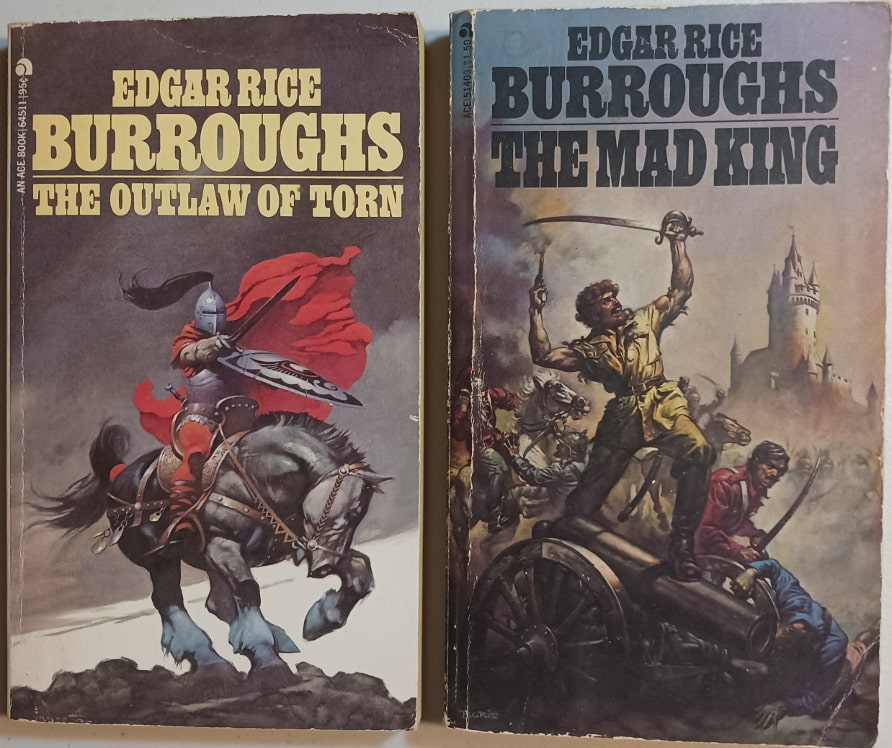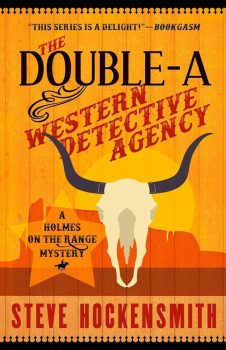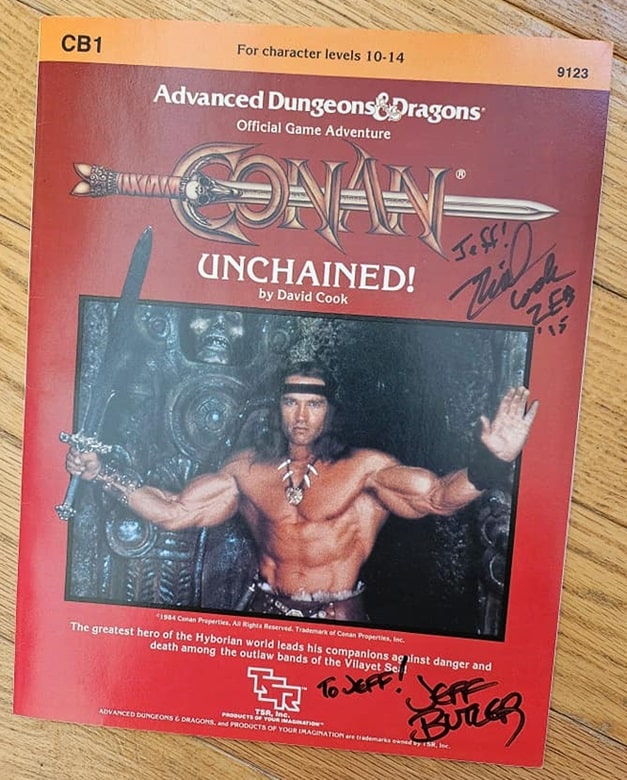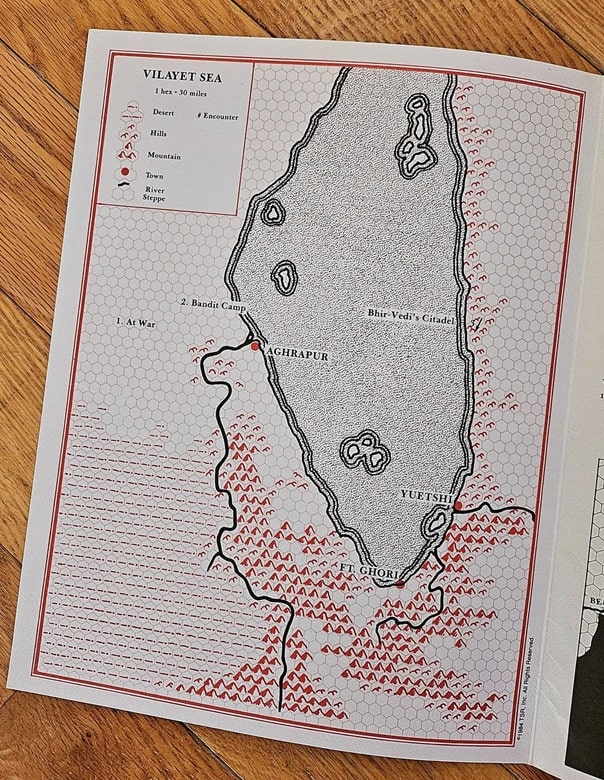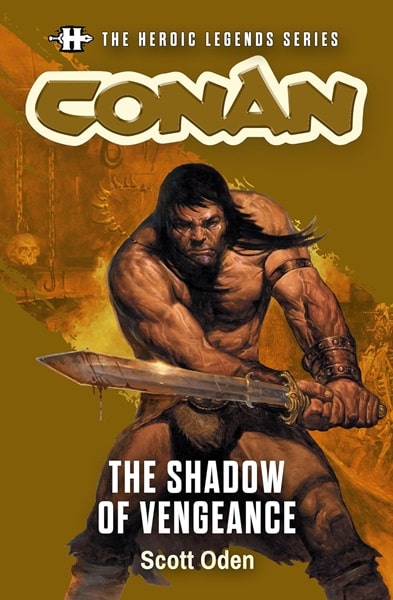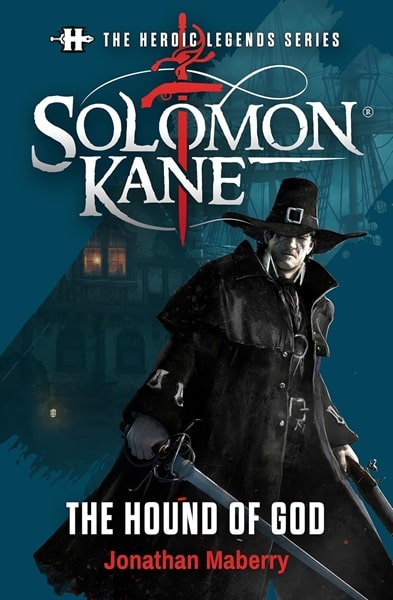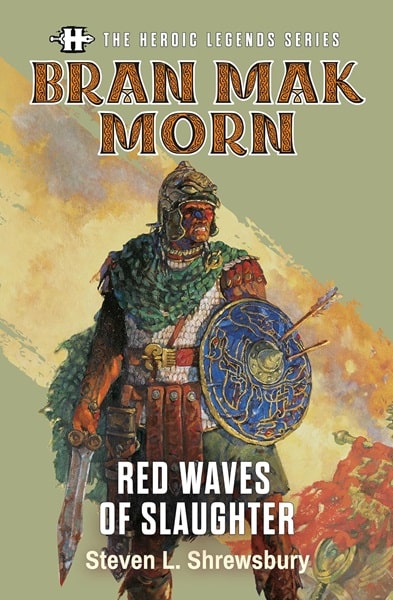Three installments in The Heroic Legends Series from Titan Books: Conan:
The Shadow of Vengeance by Scott Oden (January 30, 2024), Solomon Kane:
The Hound of God by Jonathan Maberry (November 28, 2023), and Bran Mak
Morn: Red Waves of Slaughter by Steven L. Shrewsbury (March 26, 2024)
Pastiche — basically, licensed fan-fic — has been around as long as there has been fiction, but certain properties “lock in” on it; becoming sometimes so richly filled with authorized sequels, continuations or standalones, that the pastiche comes to outweigh the original work. BG’s Bob Byrne might tell me I’m wrong, and has the chops to do so, but I think Sherlock Homes probably outweighs every other character for stories written by hands other than the original author. But in the fantasy realm, that nod must go to Robert E. Howard, and of all his creations, to Conan of Cimmeria.
Starting with L. Sprauge de Camp and Lin Carter’s “posthumous collaborations,” of the mid-20th Century, wherein they finished unfinished manuscripts, rewrote non-Conan stories and added tales of their own to create a coherent timeline of his adventures, REH pastiche truckled along quite steadily through the 70s, with stories by diverse hands from Poul Anderson to Karl Edward Wagner, Dave Smith and Richard Tierney to Andrew Offut, and for not only Conan but for Solomon Kane, Bran Mak Morn, Black Vulmea and others.
Many of these works were forgettable, some pretty good and a few excellent (IMO, the Offut Cormac Mac Art stories co-written with Keith Taylor are decidedly better than Howard’s use of the character and stand on their own as great S&S). After a glut of Conan novels into the early 80s by TOR, again by many diverse hands such as Robert Jordan and John Maddox Robert, the wind went out of Sword & Sorcery’s sails and there was little-to-nothing in REH pastiche for decades. Conan lived on for a time in Marvel comics, then a Dark Horse’s excellent reboot, in a MMORG, and that was it.
Then, out of nowhere, Heroic Signatures proudly announced it had acquired the rights to Robert E. Howard’s properties in 2018 – and did nothing. Nothing until the last two years, when they suddenly launched a three-pronged approach – novel length works, a new Conan comic series partnered with Titan, and a series of monthly digital short stories penned by established fantasy and horror writers. It’s the latter we’ll talk about here.
…
Read More Read More
